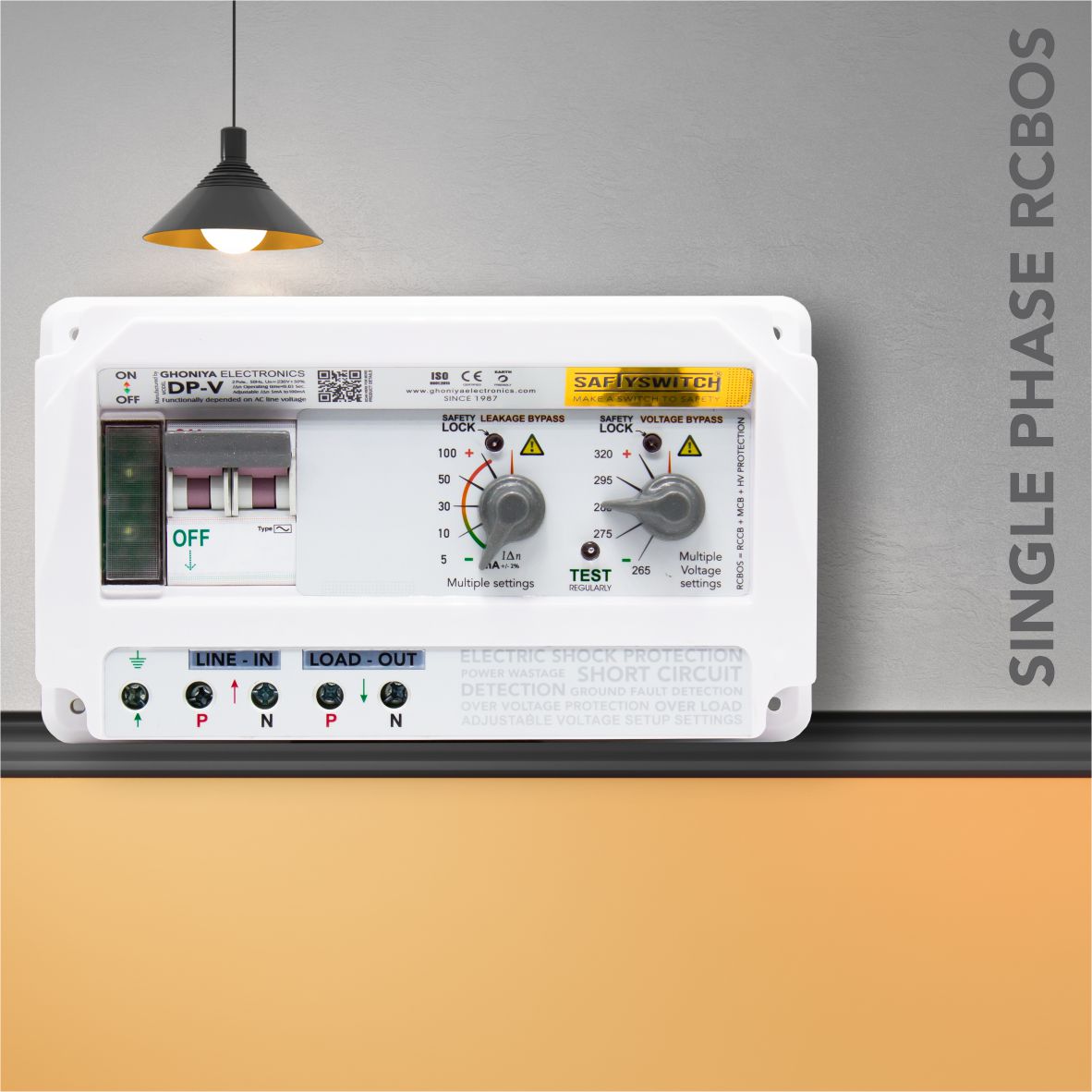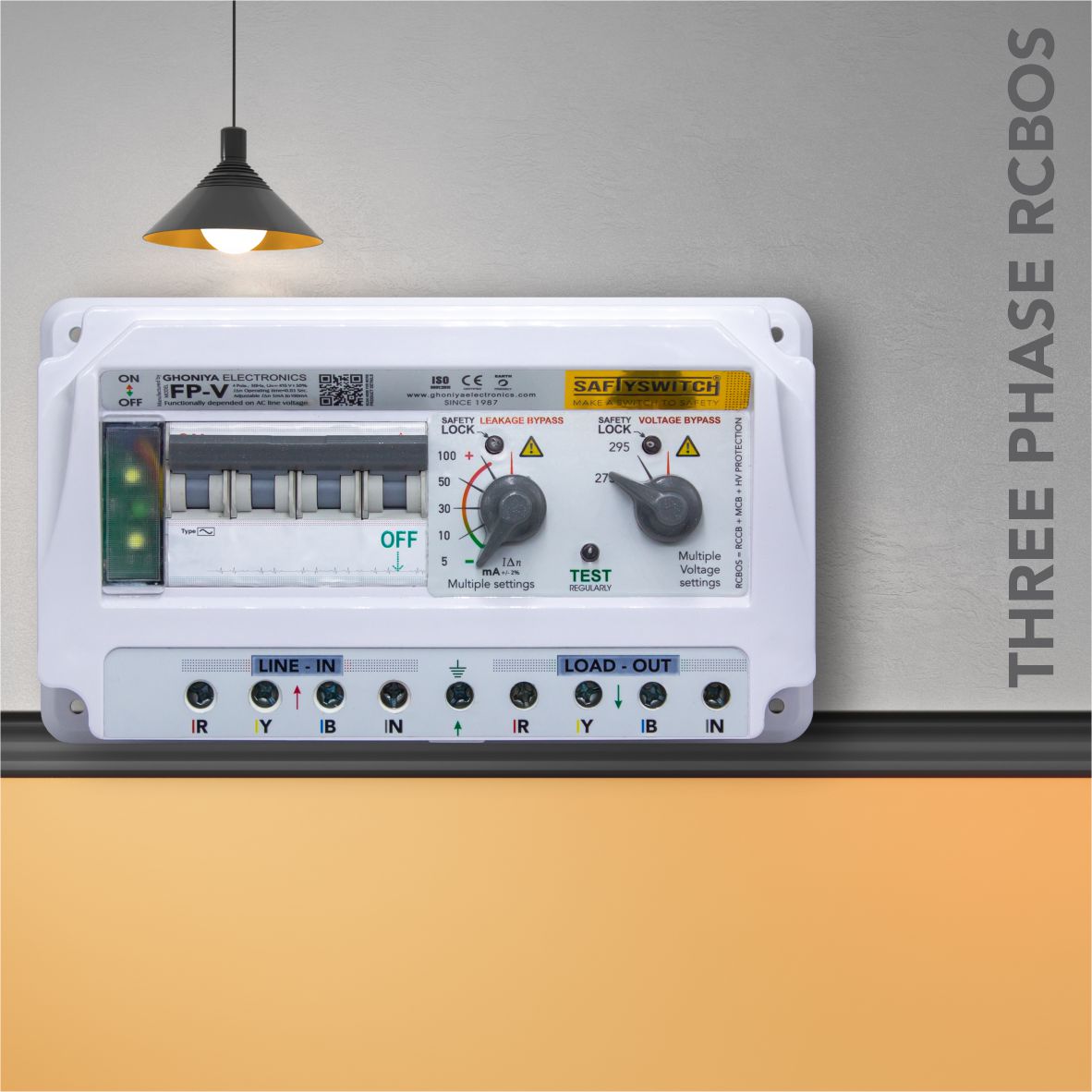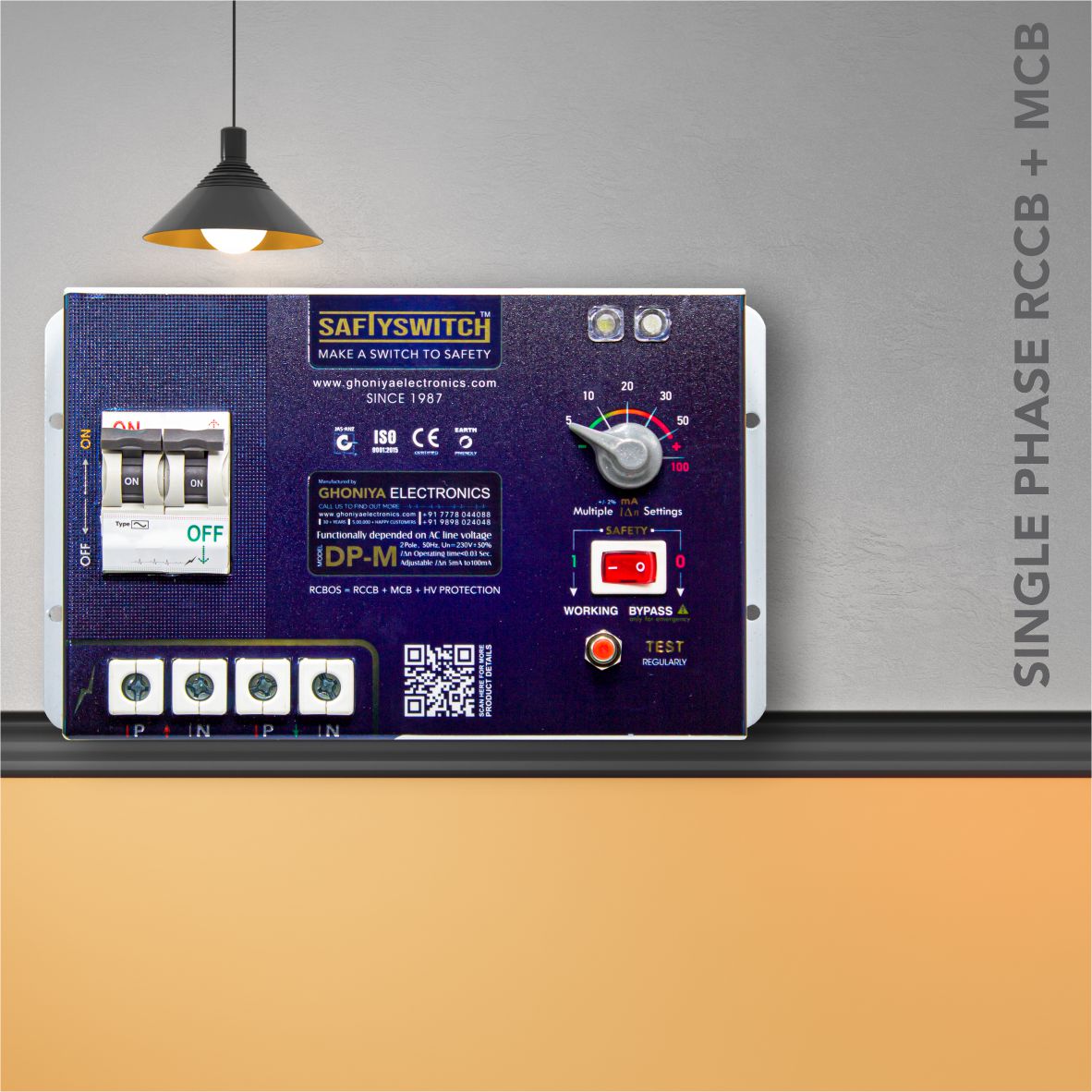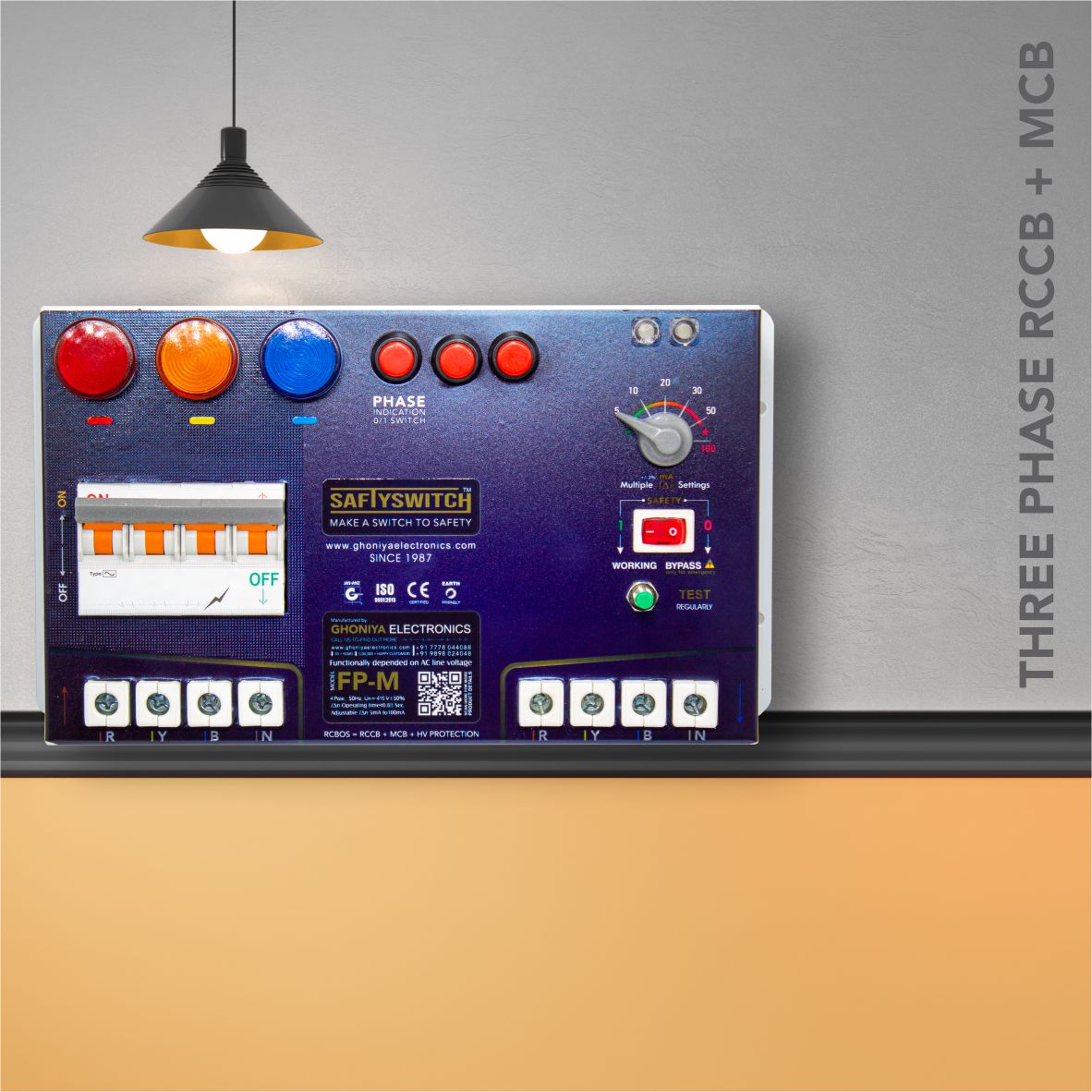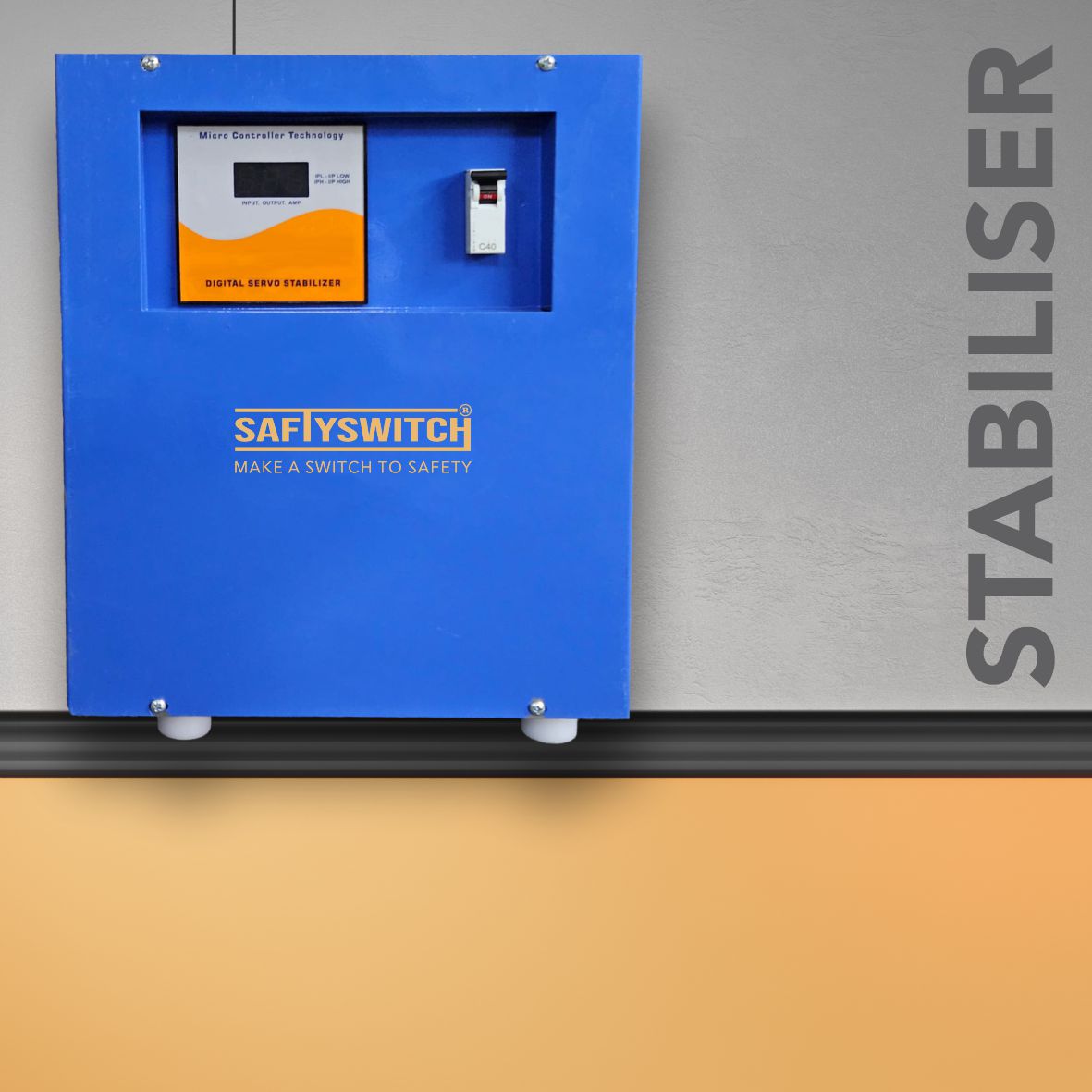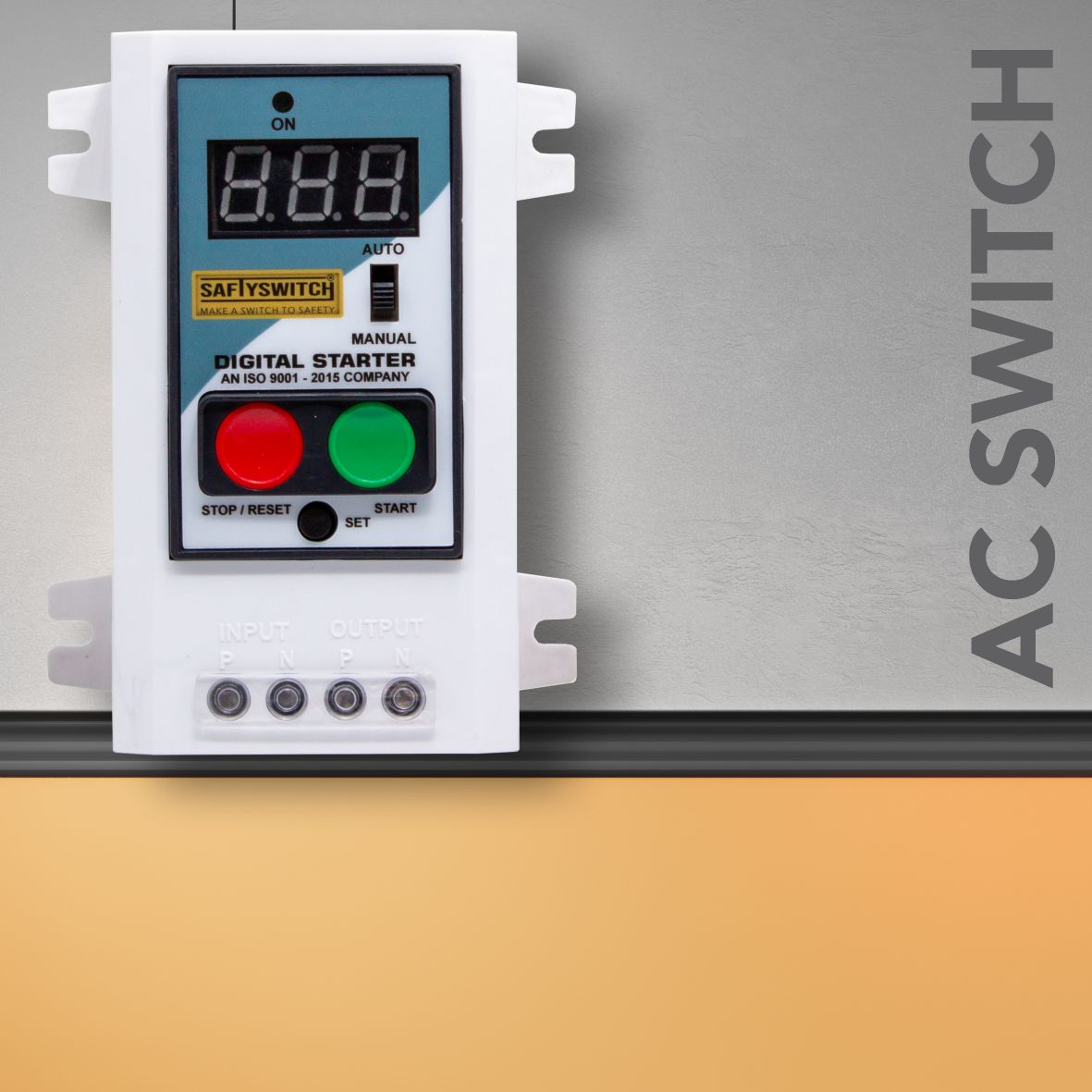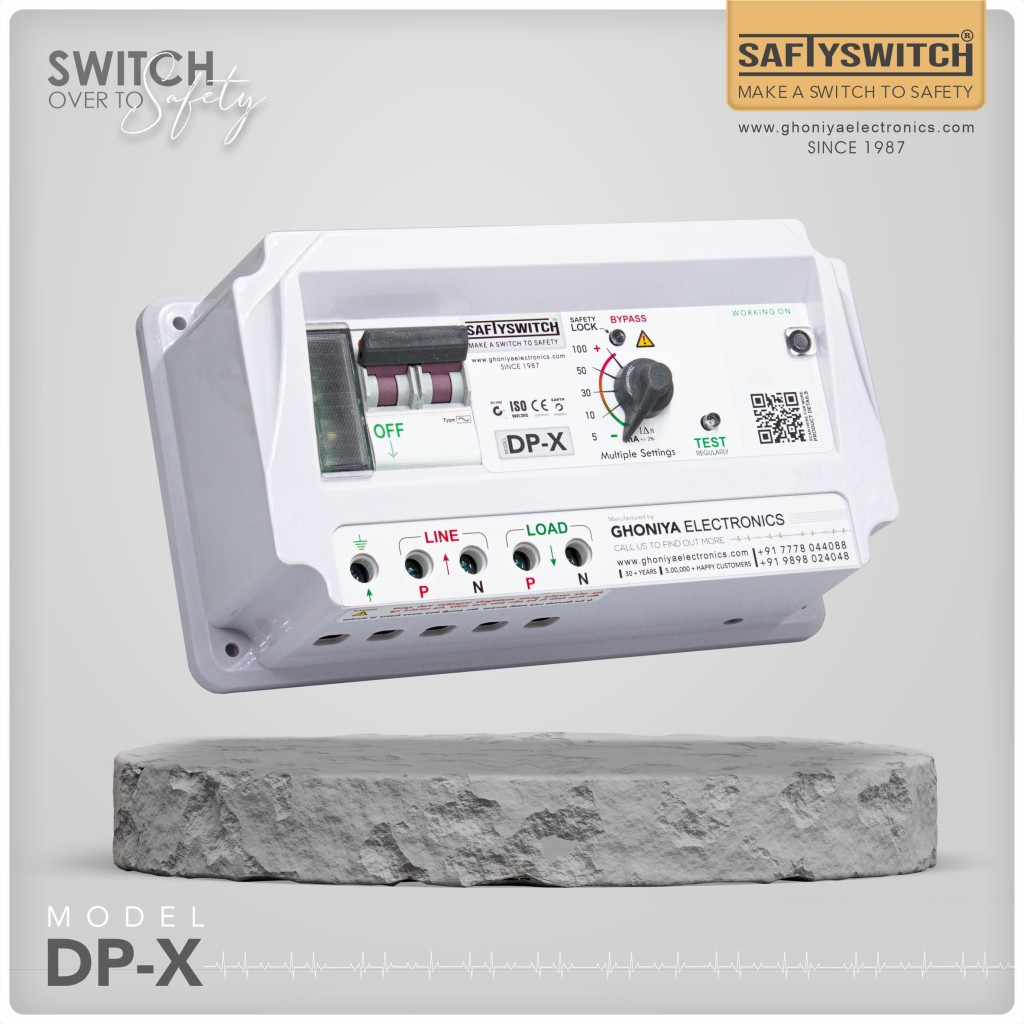what is rcbos?
RCBOS stands for “Residual Current Breaker with Overcurrent Protection.” It is a safety device used in electrical systems to protect against both residual current (earth leakage) and overcurrent (which includes short circuits and overloads). This device combines the functionalities of a Residual Current Device (RCD) and a Miniature Circuit Breaker (MCB) into one unit.
RCBOs are designed to disconnect electrical circuits when they detect imbalances in current (residual current) or excessive current (overcurrent), which helps to prevent electric shocks, fires, and damage to electrical equipment. They are commonly used in residential, commercial, and industrial installations to protect individual circuits, offering a more focused protection compared to RCDs, which typically protect multiple circuits at once.
RCBOs are particularly valued in situations where keeping other circuits active while isolating a faulty one is important, as they ensure that only the affected circuit trips rather than cutting power to everything.

